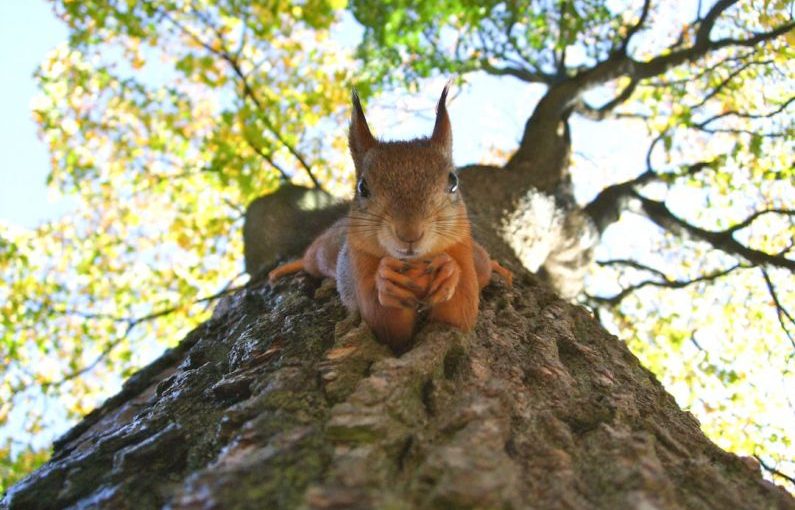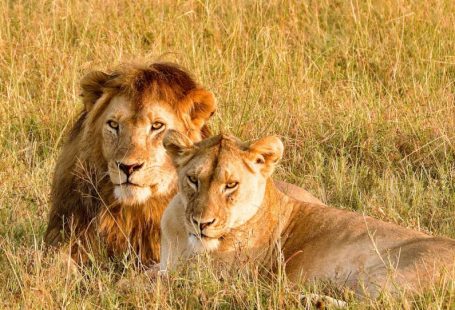As nature enthusiasts, we are often drawn to wildlife encounters that offer a glimpse into the fascinating world of animals. It is crucial to remember that when engaging with wildlife, we must do so responsibly to ensure the safety and well-being of both the animals and ourselves. Here are some dos and don’ts to keep in mind when encountering wildlife in their natural habitats.
Respect Their Space
When approaching wildlife, it is essential to remember that we are entering their home. Respect their space by maintaining a safe distance and observing from afar. Getting too close can cause stress and anxiety for the animals, potentially leading to aggressive behavior or disrupting their natural behaviors. Always give wildlife plenty of room to move freely without feeling threatened.
Do: Use Binoculars or a Camera
A great way to observe wildlife without intruding on their space is to use binoculars or a camera with a telephoto lens. This allows you to get a closer look without the need to approach the animals directly. Capture the beauty of wildlife from a distance while respecting their habitat and boundaries.
Don’t: Feed the Animals
Feeding wildlife may seem like a kind gesture, but it can have harmful consequences for both the animals and the environment. Feeding wildlife disrupts their natural diet and can make them dependent on human food sources, leading to health issues and altering their behavior. Additionally, human food can be harmful to wildlife and may attract unwanted predators to the area.
Do: Observe Quietly
When observing wildlife, it is important to be quiet and minimize noise disturbances. Loud noises can startle animals and cause them to flee, depriving you of the opportunity to observe them in their natural habitat. Keep conversations to a minimum and avoid sudden movements to maintain a peaceful environment for both you and the wildlife.
Don’t: Chase or Harass Wildlife
Chasing or harassing wildlife is not only unethical but also dangerous for both the animals and yourself. Approaching wildlife too closely or trying to touch them can agitate the animals and lead to defensive behaviors. Always maintain a safe distance and allow wildlife to move freely without feeling threatened or cornered.
Do: Research the Species
Before embarking on a wildlife encounter, take the time to research the species you are likely to encounter. Understanding the behavior, habitat, and habits of the animals can help you approach them in a respectful and responsible manner. Knowing how to interpret their body language can also help you gauge their comfort level and adjust your actions accordingly.
Don’t: Litter or Leave Behind Trash
One of the most important rules of wildlife encounters is to leave no trace. Littering or leaving behind trash can have detrimental effects on the environment and wildlife. Dispose of trash properly and pack out any waste to preserve the natural beauty of the area and protect the animals from ingesting harmful materials.
Do: Report Injured or Distressed Wildlife
If you encounter injured or distressed wildlife, it is essential to report it to the proper authorities or wildlife rehabilitation centers. Do not attempt to handle the animal yourself, as it may be dangerous and could cause further harm. By reporting the situation, you can ensure that the animal receives the necessary care and attention from trained professionals.
Protecting wildlife is a shared responsibility that requires mindfulness, respect, and compassion. By following these dos and don’ts of animal encounters, we can enjoy the beauty of wildlife while safeguarding their well-being and preserving their natural habitats for future generations to appreciate. Remember, when in doubt, always prioritize the safety and welfare of the animals above all else.





